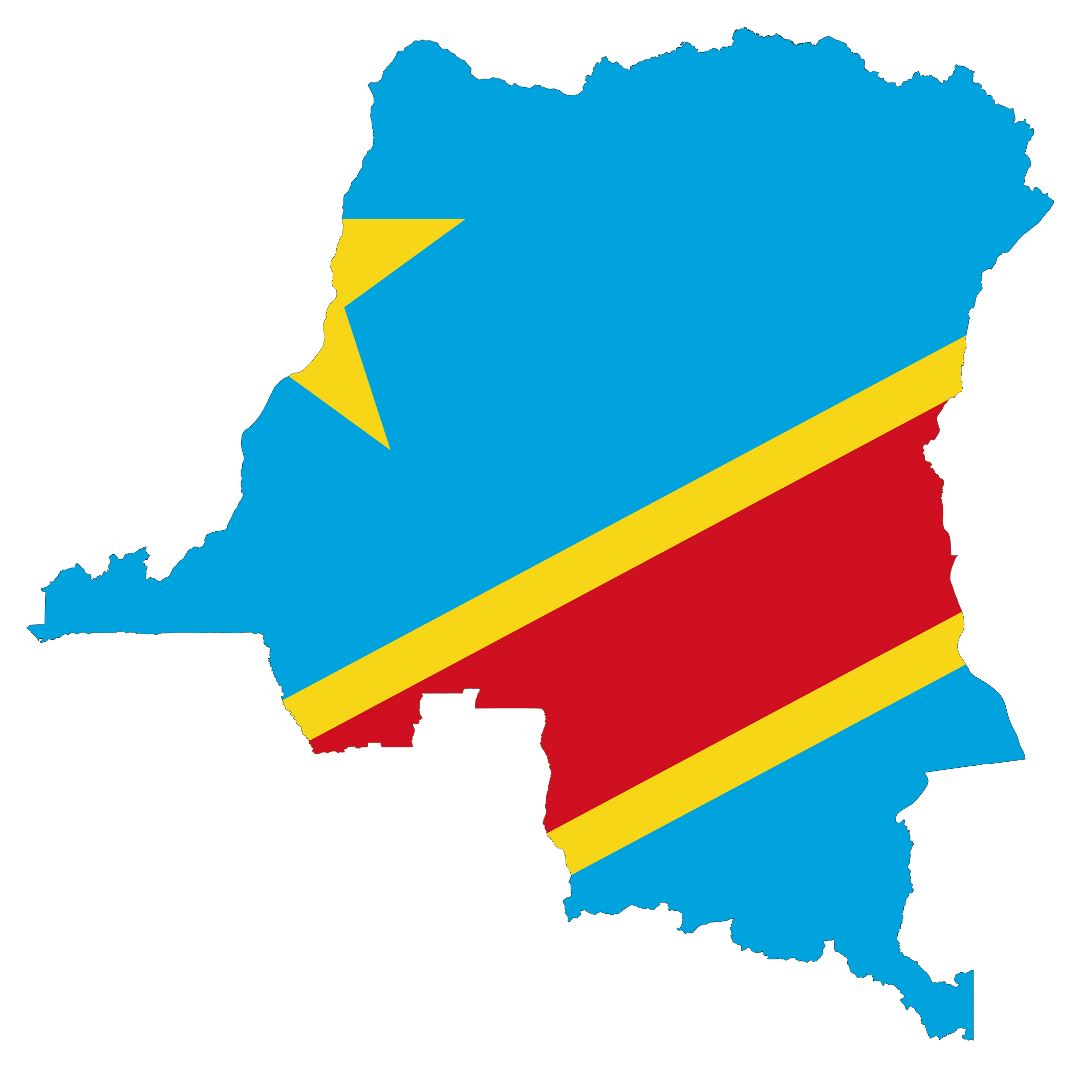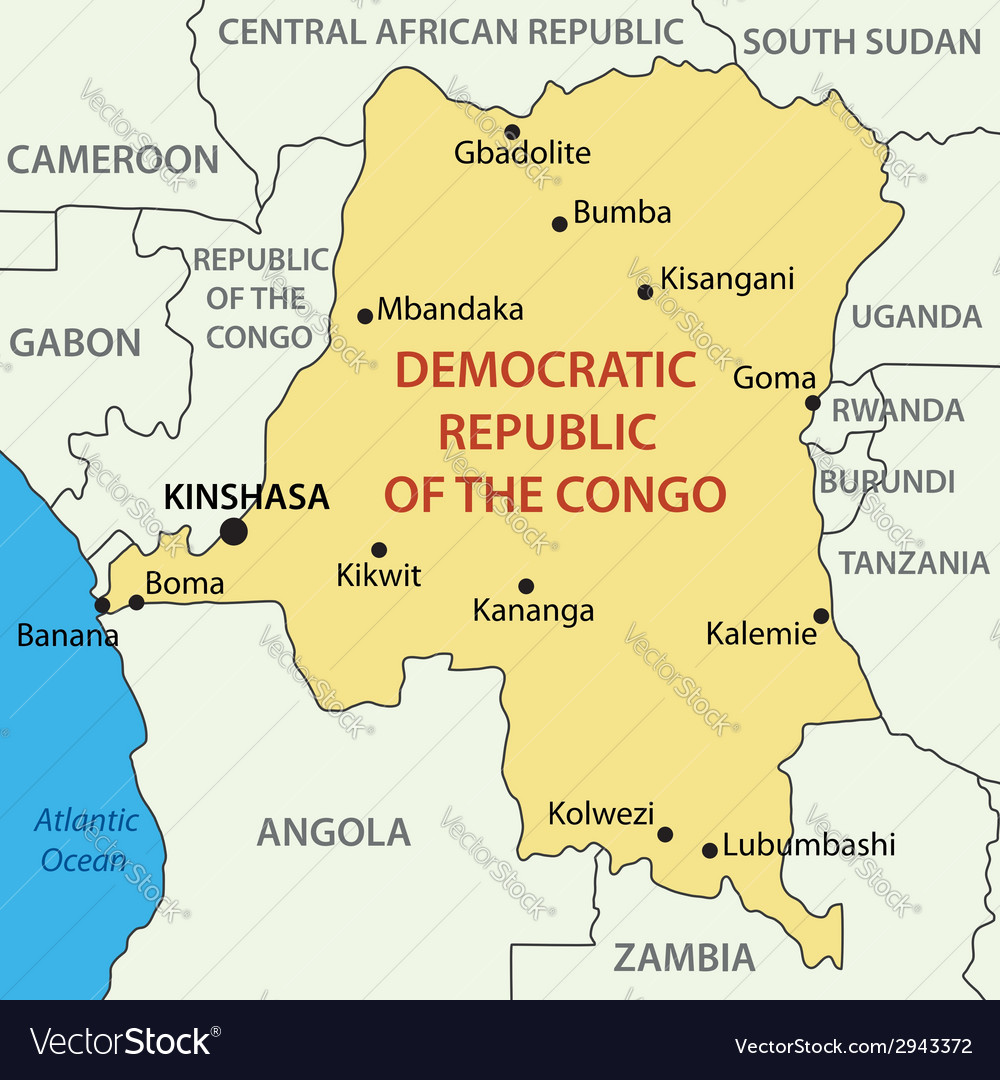Exploring The Heart Of Africa: Democratic Republic Of The Congo
When you think about the Democratic Republic of the Congo, what comes to mind? For many, it's a land steeped in history, rich in natural resources, and filled with untold stories. This African giant has been in the spotlight for various reasons—its vast rainforests, mineral wealth, and complex political landscape. But there's so much more to uncover about this incredible country. So, let's dive in and explore the heart of Africa together, shall we?
The Democratic Republic of the Congo, or DRC as it's often called, is not just another African nation. It's a place where nature and culture collide, creating a vibrant tapestry of life. From the dense jungles of the Congo Basin to the bustling streets of Kinshasa, the DRC offers a unique experience that's hard to find anywhere else. And trust me, there's a lot to learn about this fascinating country.
As we journey through this article, we'll uncover the history, culture, economy, and challenges facing the Democratic Republic of the Congo. We'll also explore its potential and the role it plays on the global stage. So, grab a drink, get comfy, and let's embark on this adventure together. It's gonna be a wild ride!
Read also:Pope Francis On Lent A Journey Of Reflection Renewal And Redemption
Table of Contents
Read also:Laras Rose The Rising Star Of Music And Fashion
Geography and Location
The Democratic Republic of the Congo is located in Central Africa and covers an area of about 2.3 million square kilometers, making it the second-largest country in Africa. It's bordered by several countries, including Angola, the Republic of the Congo, the Central African Republic, South Sudan, Uganda, Rwanda, Burundi, and Tanzania. The DRC also has a short coastline along the Atlantic Ocean, which is crucial for its trade activities.
One of the most defining features of the DRC is the Congo River, the second-longest river in Africa and one of the largest in the world. The river plays a vital role in transportation, trade, and even electricity generation through hydroelectric dams. The Congo Basin, which spans much of the country, is home to the second-largest tropical rainforest in the world, often referred to as the "second lung" of the planet.
Key Geographic Facts
- Capital: Kinshasa
- Population: Approximately 102 million (as of 2023)
- Official Language: French
- Currency: Congolese franc (CDF)
A Brief History
The history of the Democratic Republic of the Congo is as rich as its resources. Before colonization, the region was home to various kingdoms and empires, including the mighty Kingdom of Kongo. However, everything changed when King Leopold II of Belgium laid claim to the area in the late 19th century. What followed was one of the darkest chapters in human history, with millions of Congolese losing their lives due to exploitation and brutality.
After gaining independence from Belgium in 1960, the country faced numerous challenges, including political instability and civil wars. Mobutu Sese Seko, who ruled from 1965 to 1997, renamed the country Zaire and implemented a regime marked by corruption and authoritarianism. The 1990s saw the outbreak of the First and Second Congo Wars, which involved multiple African nations and resulted in millions of deaths.
Historical Milestones
- 1885: Establishment of the Congo Free State under King Leopold II
- 1960: Independence from Belgium
- 1997: Overthrow of Mobutu and renaming to the Democratic Republic of the Congo
Government and Politics
Currently, the Democratic Republic of the Congo operates under a semi-presidential system. The president is the head of state, while the prime minister is the head of government. However, the political landscape remains complex and often volatile. Corruption, lack of transparency, and weak institutions have hindered progress in governance.
Despite these challenges, there have been efforts to strengthen democracy and improve governance. The 2018 elections marked a significant milestone as the first peaceful transfer of power since independence. However, much work remains to be done to ensure stability and accountability in the political system.
Challenges in Governance
- Corruption: A major obstacle to development
- Weak Institutions: Limited capacity to enforce laws
- Security Issues: Ongoing conflicts in eastern regions
Economy and Resources
The Democratic Republic of the Congo is blessed with an abundance of natural resources, including cobalt, copper, diamonds, and gold. In fact, the DRC produces around 70% of the world's cobalt, a critical component in electric vehicle batteries. Despite this wealth, the country faces significant economic challenges, with poverty and inequality being major issues.
The economy is heavily reliant on mining, agriculture, and trade. However, infrastructure deficiencies, political instability, and corruption have hindered economic growth. Efforts are being made to diversify the economy and attract foreign investment, but progress has been slow.
Economic Statistics
- GDP: Approximately $60 billion (as of 2023)
- Key Exports: Cobalt, copper, diamonds
- Poverty Rate: Around 64% of the population lives below the poverty line
Environment and Conservation
The Democratic Republic of the Congo is home to some of the most biodiverse ecosystems on the planet. The Congo Basin rainforest is a critical carbon sink and home to countless species, including endangered animals like gorillas and elephants. However, deforestation, mining activities, and poaching pose serious threats to this fragile environment.
Conservation efforts are underway to protect these vital ecosystems. National parks like Virunga and Salonga have been established to safeguard wildlife and promote sustainable tourism. International organizations and local communities are working together to find solutions that balance economic development with environmental preservation.
Conservation Initiatives
- Protected Areas: Establishment of national parks
- Community Involvement: Engaging locals in conservation efforts
- International Support: Collaboration with global organizations
Cultural Heritage
Culture in the Democratic Republic of the Congo is as diverse as its geography. The country is home to over 200 ethnic groups, each with its own traditions, languages, and customs. Music and dance are integral parts of Congolese culture, with genres like soukous and rumba gaining international recognition.
Art, literature, and film also play important roles in shaping the cultural identity of the DRC. Artists and writers from the region have made significant contributions to the global cultural scene, showcasing the richness and complexity of Congolese life.
Cultural Highlights
- Music: Soukous, rumba, and other vibrant genres
- Art: Traditional crafts and contemporary works
- Festivals: Celebrations that bring communities together
Education and Health
Education and healthcare are critical areas of focus in the Democratic Republic of the Congo. While access to basic education has improved in recent years, challenges such as inadequate infrastructure, teacher shortages, and high dropout rates persist. Similarly, the healthcare system faces numerous obstacles, including limited resources, poor facilities, and a shortage of medical professionals.
Efforts are being made to address these issues through partnerships with international organizations and local initiatives. Investments in education and health are seen as key to improving the quality of life for millions of Congolese citizens.
Education and Health Challenges
- Access: Ensuring education and healthcare reach all communities
- Quality: Improving the standard of education and medical care
- Infrastructure: Building schools and hospitals in underserved areas
Security and Stability
Security remains a major concern in the Democratic Republic of the Congo, particularly in the eastern regions where armed groups continue to operate. Conflicts over land, resources, and political power have contributed to instability, displacing millions of people and creating humanitarian crises.
The United Nations and regional organizations have been involved in peacekeeping efforts, but achieving lasting stability requires addressing the root causes of conflict. Community engagement, dialogue, and development initiatives are essential components of any long-term solution.
Security Initiatives
- Peacekeeping: UN missions and regional cooperation
- Community Engagement: Building trust and fostering reconciliation
- Development: Addressing economic and social inequalities
Tourism Opportunities
Despite its challenges, the Democratic Republic of the Congo offers incredible opportunities for tourism. From the breathtaking landscapes of the Congo Basin to the vibrant cities of Kinshasa and Lubumbashi, there's plenty to explore. Wildlife enthusiasts can witness gorillas in their natural habitat, while adventure seekers can hike the stunning volcanoes of Virunga National Park.
However, infrastructure and safety concerns need to be addressed to fully realize the potential of tourism in the DRC. Investments in transportation, accommodations, and security are crucial to attracting more visitors and boosting the local economy.
Tourism Destinations
- Virunga National Park: Home to mountain gorillas
- Kinshasa: The bustling capital city
- Lake Kivu: A serene and picturesque lake
The Future of DRC
The future of the Democratic Republic of the Congo holds both challenges and opportunities. With its vast natural resources, cultural richness, and strategic location, the DRC has the potential to become a leading force in Africa. However, achieving this potential requires addressing the issues of governance, security, and development.
Investments in education, healthcare, infrastructure, and sustainable practices are essential for long-term growth. Collaborative efforts between the government, international partners, and local communities can pave the way for a brighter future for all Congolese citizens.
Conclusion
The Democratic Republic of the Congo is a country with immense potential and a rich history. From its vast rainforests to its diverse cultural heritage, the DRC offers a unique experience that's hard to find elsewhere. However, it also faces numerous challenges that need to be addressed to unlock its full potential.
As we've explored throughout this article, the DRC is a land of contrasts—rich in resources yet plagued by poverty, vibrant in culture yet scarred by conflict. But with the right strategies and partnerships, the future looks promising. So, what do you think? Ready to learn more and support the growth of this incredible nation? Leave a comment, share this article, and keep the conversation going!
Article Recommendations


